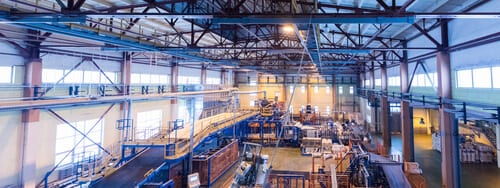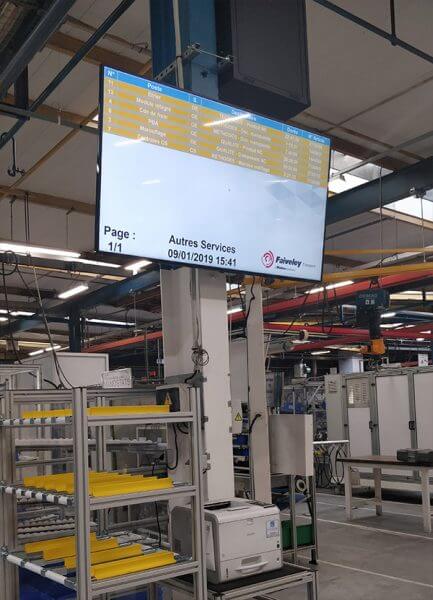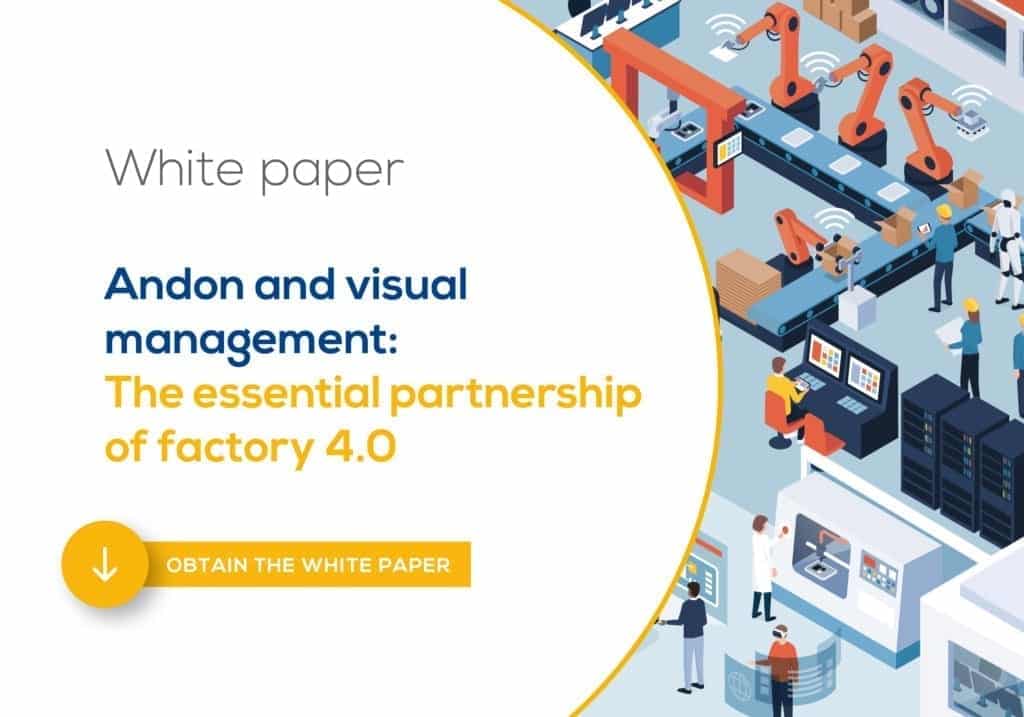Originally, Andon systems deployed in factories were made up of strings or boxes used to trigger a light to signal a problem. Operated by operators, the Andon is a real everyday help tool. It still has to be seen that way. Far from being a control system, it gives the operator the possibility of reporting an anomaly and of valuing his work. In this article, let’s come back to the role of the operator and the Andon in the different production cycles.
Short (production) cycles: Andon alerts

Andon systems improve reactivity and thus productivity. Coupled with a visual management solution, they also provide a history log of alerts. Team leaders can analyse alerts (frequency, duration of interventions…) and take the required decisions to improve workstations.
Today, Andon systems provide additional functionality and are more mobile, offering team leaders the ability to categorise alerts and add the causes of incidents. All information is entered in real time, which reinforces the continuous improvement approach.
Long production cycles: Andon for analysis

if the problem cannot be resolved otherwise. In general, Andon systems for long production cycles are much more than simple alert boxes. They may be PCs or tablets which enable operators to provide additional details about anomalies. The appropriate intervention staff can be contacted directly with the information needed to follow up.
Our customer Faiveley, who specialises in railway equipment, decided to implement an Andon system to reduce time wasted finding the best person to deal with an alert. Today, 50 of their workstations have been fitted with the system, allowing operators to raise alerts, provide more detailed problem information, and select the support service to contact. Support services are contacted by SMS and can intervene rapidly.
The Andon system, deployed in 2015, initiated a change in culture within the company. Managers now have available indicators which clarify the number of incidents, resolution times, staff concerned, products with the most problems … Andon means that problems are dealt with in real time, requests for intervention are timely and made directly to the appropriate support area. In essence, it would be difficult for the company to operate without Andon. Four years after deploying the system, Faiveley has increased efficiency by 4%.
The benefits of an Andon operator system are clear. It allows operators to request support, to stop production lines if problems occur and to provide additional information about the causes of incidents. Above all, it provides operators and team leaders with additional information, allowing them to intervene in real time. Thus it creates value for the company.



